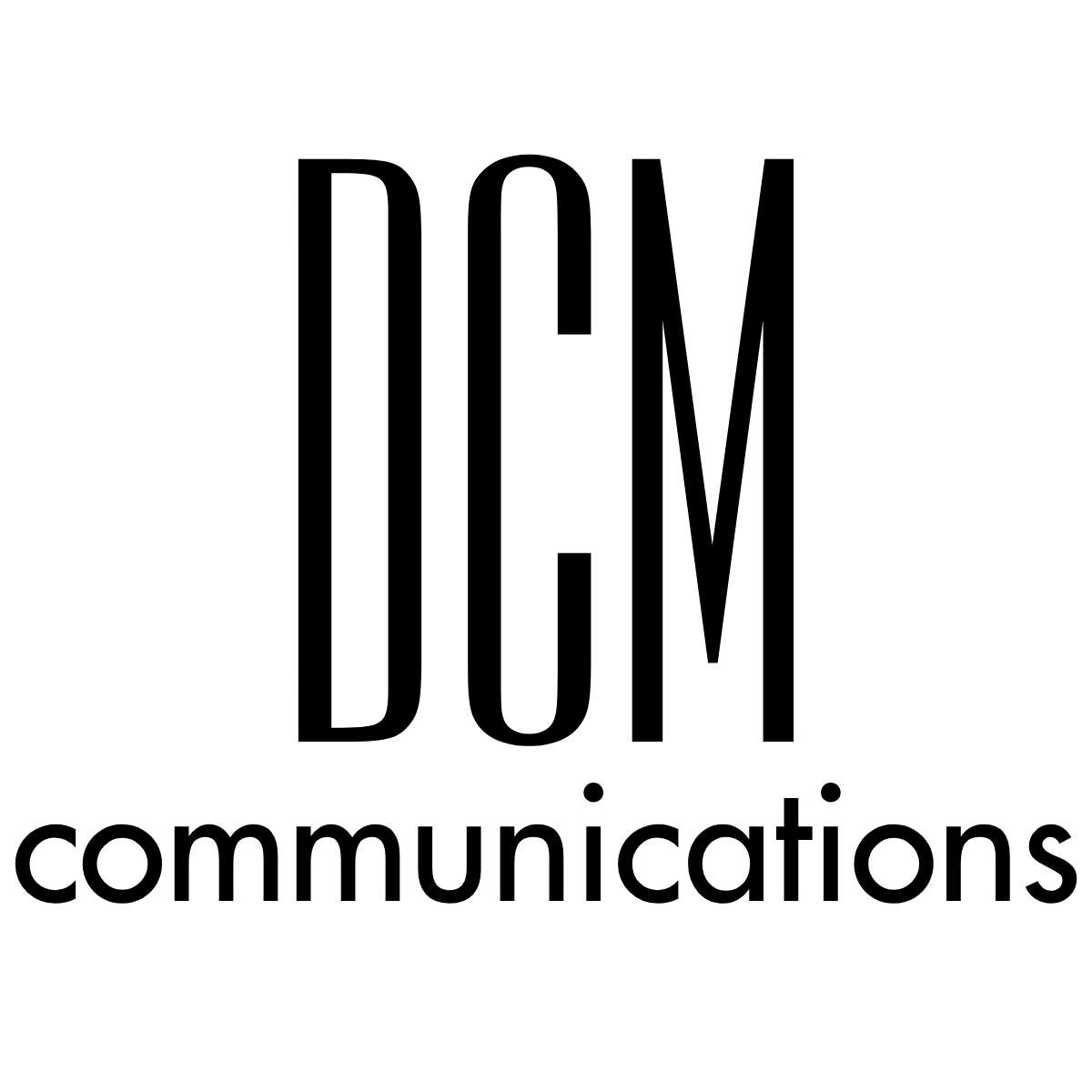How to Design Effective Win-Back and Re-Engagement Campaigns That Drive Results
Over time, it’s natural for some subscribers to your email list to become inactive. After all, average B2B open rates continue to decline each year and currently sit at about 22-25%.
Whether someone is overwhelmed with work (and life!), found another service provider, or your subject lines haven’t been intriguing as of late (fix that here), these unengaged subscribers fall into one of two camps:
1. Untapped business potential
2. A lead balloon dragging down your open rates
The surefire way to figure out which camp they fit into is via a well-crafted win-back, or re-engagement, campaign.
Here are the five sequential messages to send to ferret out where people fit.
Message 1: Rekindle Recognition
Let’s start by giving everyone the benefit of the doubt that they just got busy and you slipped down the radar. Take this chance to grab their attention on a human-human level (even though it’s a mass email) and remind them why they are on the list to begin with.
Best Practices:
➜ Personalization: Use their name (and an emoji!) in the subject line to stand out in the inbox
➜ Value Reminder: Briefly highlight the value they received previously inside your emails, whether it’s informative newsletters, exclusive offers, or helpful insights.
➜ Friendly Tone: Keep it conversational like it’s a 1-1 conversation. This isn’t a hard sell—just a light nudge.
Example Subject Line: “It’s Been a While—Catch Up with Us!”
Message 2: Incentivize Them to Re-engage
Hopefully the simple act of opening that first email triggered their memory about why they love you and they’ll once again be on your active list. However, most people will likely need more of a reason to stick around so that the last open isn’t a “one time thing” as the kids say these days.
A limited-time offer (paid or complimentary) or discount on a service offering can be the perfect way to reignite their interest.
Best Practices:
➜ Clear Call-to-Action (CTA): Directly state the action you’d like them to take, whether it’s “Hit reply,” “Get on the List,” or “Book Your Call”
➜ For the latter two, include the link to the target landing page more than once
➜ Urgency and Exclusivity: Encourage quick action by emphasizing that the offer is time-sensitive or only available to returning clients
➜ Visual Appeal: Use bold visuals that showcase the offer prominently.
Example Subject Line: “Only for You: A Deal Worth Checking Out”
Message 3: Feedback – “We’d Like Your Opinion On…”
Not all inactive subscribers have dropped off for the same reason. Inviting feedback can provide valuable insights so you can address pain points more effectively while demonstrating that you care about their experience – not just your bottom line.
Reminder: no one likes to be SOLD 👎🏻 We like to get solutions to our problems, which is what you provide as a service-based business.
This also gives you a chance to reiterate the offer in the last email as an incentive for replying with feedback and/or completing your survey included.
Best Practices:
➜ Easy Survey Access: Use a short survey link and keep it simple so it takes no more than 3 minutes of their time.
➜ Follow Up with Appreciation: Setup an automated “thank you” email to go out after anyone completes the survey (or hits “reply” with their feedback) and direct access to the incentive offered
➜ Highlight Continuous Improvement: Show them that their input matters by sharing how feedback has influenced your services or content in the past.
Example Subject Line: “Your Feedback Means the World—Here’s 10% Off to Show Our Thanks!”
Message 4: Verification – Confirm Preferences and Choices
Sometimes, people stop engaging because they feel they’re not getting the right kind of content for what they need/want at that time. Offering a chance to update their subscription preferences is a service to them AND allows you to better segment your lists.
Better segmentation = more on target messaging for each recipient = higher open/click through rates
This email is about refining the tags you have for them and lists they are on so you can better tailor your messaging to what they actually want. Win-win for both!
Best Practices:
➜ Subscription Options: Most email providers have a very clear Subscription Center or Email preferences option so users can choose which list they want to be part of. Your goal is to make those options as clear as possible.
➜ Alternative: link them to a short survey with check boxes for the various categories of content you send. (i.e. sales, updates, industry-specific education topics, etc)
➜ Reassure Control: Emphasize that you only want to send them what is most relevant to their needs so they can change preferences as they like.
➜ Consider Adding Options: If you have multiple content types or channels, offer choices so they can tailor their experience.
Example Subject Line: “Are You Getting Exactly What You Need?”
Message 5: Have We Really Been Ghosted?!? – Last Chance to Reconnect
For those who haven’t opened or clicked through your emails by this stage, they are l likely the lead balloon I mentioned in the beginning.
To confirm though, make one final effort to get them to open (or click, depending on your goal) and before removing them from your list.
A message with a casual “no hard feeling” or “sometimes we gotta call a spade a spade” provides one last chance for them to re-engage while setting a clean boundary that helps keep your list healthy.
Best Practices:
➜ Warm Farewell Tone: Keep the tone casual, yet professional. There’s no need to guilt or pressure them. There is NOTHING WRONG with an unsubscribe. That’s an immediate boost to your next open rate!
➜ Emphasize Future Opportunities: Mention that they can always rejoin the email list if/when they find other content valuable through your social media accounts.
➜ Link to ONE social account here, but not all of them. It’s a subtle “Go here to stay connected if email isn’t your jam” vs. “Unsubscribe and follow us instead.” You want them on email more than social, but take what you can get.
➜ Final CTA: Provide a straightforward CTA for what it takes to stay on the list (click, reply, etc) and that anyone who does not take that action will be removed by a set date.
Example Subject Line: “Wait, Is This Goodbye?”
Conclusion:
When done right, a quarterly win-back campaign can help you clean up your list, improve open rates, and even drive fresh sales from those who may have forgotten what you have to offer.
By leading subscribers through these carefully crafted messages, you can create a stronger, more active list of contacts who are genuinely interested in your content.
Each one offers an opportunity to connect, build trust, and demonstrate your value—whether they are ready to buy now, OR to refer you to others.
Remember, win-back campaigns aren’t just about numbers. They’re a chance to show the human side of your brand and foster genuine brand loyalty.







